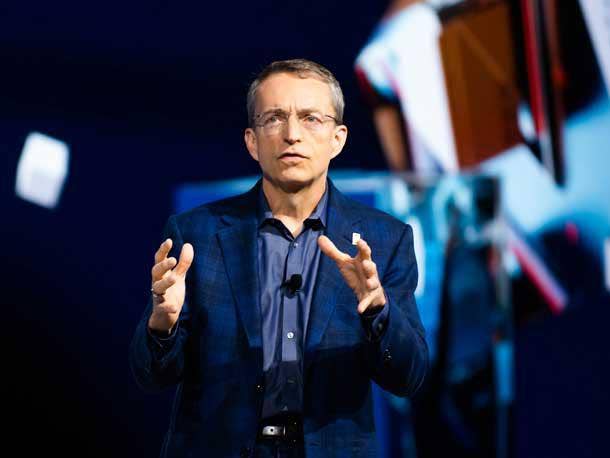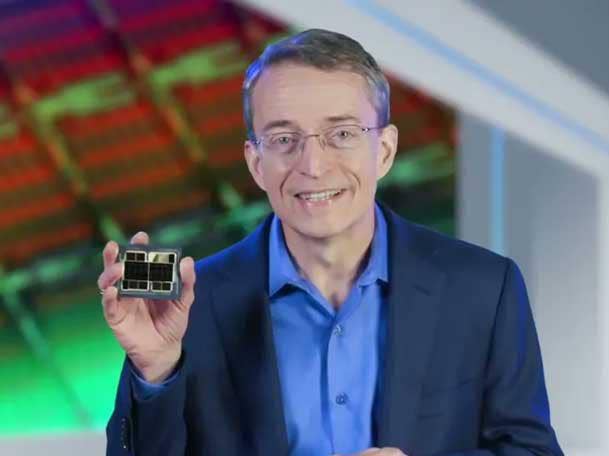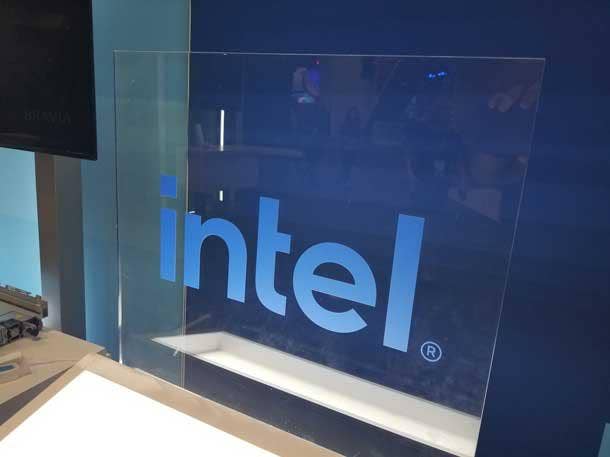Intel CEO Pat Gelsinger On Potential Layoffs, The ‘Unpredictable’ Economy And Consolidation In The Chip Market
Intel CEO Pat Gelsinger sounded off on everything from potential layoffs in the wake of tough and unpredictable macroeconomic conditions to what he expects will be “further consolidations” in the chip market.

Intel CEO Pat Gelsinger said the chip giant faces tough times ahead in the midst of a turbulent macroeconomic environment.
“The macroeconomic [situation is] unpredictable, a tough market. ... It’s just hard to see any points of good news on the horizon—inflation in the U.S., the situation in Europe with energy and the war, and in Asia,” said Gelsinger after Intel reported a 59 percent decline in net income to $2.4 billion 15 percent drop in sales to $15 3 billion for its third fiscal quarter ended Oct. 1. “So against that backdrop, we’re still looking to have economic headwinds as we go into next year.”
That said, Gelsinger said he remains upbeat about the company’s IDE 2.0 turnaround plan that tightly ties Intel foundries with integrated circuit design for both Intel and its foundry customers. That model establishes consistent processes, systems and guardrails among business unit, design and manufacturing teams.
“We’re staying true to the strategy—making cost adjustments and trying to balance market outlooks as we gain share in some segments and we fight for share in other segments,” said Gelsinger. “I was very pleased with how the team executed in improving our execution in an environment that was really quite tough.” Here’s a look at what Gelsinger had to say about the the difficult times ahead and how he expects Intel to whether the storm.

On Impending Cuts That Will Impact ‘Loyal Intel Family’
With Intel embarking on a “right sizing” plan to cut $3 billion in 2023 and as much as $10 billion in costs by 2025 in moves that will impact headcount, Gelsinger acknowledged that the company was facing tough decisions that will impact the “loyal Intel family.”
“Inclusive in our efforts will be steps to optimize our headcount,” said Gelsinger. “These are difficult decisions affecting our loyal Intel family, but we need to balance increased investment in areas like leadership and technology development, product and capacity in Ohio and Germany with efficiency measures elsewhere as we drive to have best-in-class structures.”
Gelsinger’s comments came after The Oregonian reported that Gelsinger told Intel employees via a video address that he would provide more details about impending cutbacks on Nov. 1. “These are always hard decisions, but our costs are too high and our margins are too low,” Gelsinger told employees in the video address. “We have to take actions to address them.”

On IDM 2.0 Strategy’s Three Value Generators
One big area of change that has been the company’s focus this past year was the switch to an internal foundry model, a strategy Gelsinger dubbed IDM 2.0 when he launched it in 2021. Here’s what Gelsinger had to say about IDM 2.0 during the earnings call:
“We definitely see that there are efficiencies for us to gain as we go to this internal foundry model, where we see numerous areas in the company that we’re not as rigorous as we need to be. … We would run the factories more efficiently. Stepping changes being fully reflected internally in the cost of those will make us more efficient, leveraging third-party IT more aggressively will make us more efficient. And the combination of that is a big piece of why we’re stepping to this internal foundry model. And we expect that we’re going to start getting more financial transparency … so that you can start to see the benefits and the margin stacking being realized by both being a product company as well as a fab foundry company. We think that this tight coupling of the IDM 2.0 model is a powerful value generator in three areas: one, the technology benefits that we get to have a rapid pace of technology, the innovation and co-optimization between product and process. Second is the cash flows and balance sheet benefits that we get by having these [services] internal to be able to drive the large investments required in the manufacturing networks. And third is the supply chain efficiency and flexibility of being able to balance across the foundry and business unit structure.”

On Better Supply And Demand Balance Going Forward
“Inventory levels at the OEM and in the channels decreased over the last quarter. They didn’t decrease as far as we originally predicted. So, consumption was a little bit weaker, but we still saw inventory systematically going down across the various routes to market throughout the quarter. We expect them to continue to go down next quarter—at both the OEM and at the channel level—and the numbers I gave on the TAM model would be our consumption models for next year, which are below the consumption models of this year.
So, a somewhat smaller [TAM] number next year but not dramatically different. Overall, I think we’re getting to better points of supply/demand equilibrium. We were way behind on demand and supply for many, many quarters in a row. Clearly, the last couple of quarters have been adjusting of inventory levels. And we think that we’re going to be in a better supply/demand balance situation as we go into next year.”
On Bringing Discipline Back To CPU Development
“Our job is to keep that One Intel synergy. When I describe the three value vectors that I’m expecting to continue to really leverage around his technology collaboration [with IDM 2.0], the co-optimization of the microprocessor with the process technology is one that’s high on that list. And we’ve made quite a lot of progress since I’ve been back driving that, and we’re really seeing the benefits of that. ... I do believe that we’re well under way at keeping that rich cycle of technical collaboration and co-optimization. But there have been many of these areas that I described, that there hasn’t been this intense accountability. Steppings were done too easily and without the ‘quality A’ stepping. And some of that came through our stumbles as you went with 14- and 10-nanometers. We lost the discipline of the understanding of what steppings cost in not just the fab, but also in the validation cycle. So, we have to bring much more accountability and transparency to that.”

On Future Chip Industry Consolidation
“We see this industry being a consolidating industry over time, particularly on the manufacturing side because of the extreme capital intensity but also because of the incredible R&D costs. If you want to have a world-class technology development team, all you have to do is spend $5 billion a year in R&D and do that for 30 years. This is an extraordinary long-term investment that you have to build up. I expect that there will be further consolidations in the industry going forward. What shape those will take, what the timing of those will be, and what will be the trigger points that would position such moves, there [are] many factors associated with that. Fundamentally, it’s economics 101 would say you will see further consolidations into the future, and we believe that will be the case. And we would expect to be a consolidator in that process over time.”